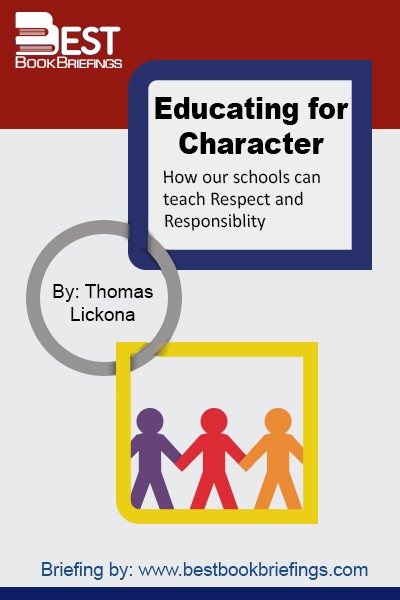Educating for Character
How our schools can teach Respect and Responsiblity
Editorial Review
There is today a widespread, deeply unsettling sense that children are changing in ways that tell us about ourselves as a society. And these changes are reflected not just in the violent extremes of teenage behavior but in the everyday speech and actions of younger children as well. Children with the most glaring deficiencies in moral values almost always come, their teachers say, from troubled families. Indeed, poor parenting looms as one of the major reasons why schools now feel compelled to get involved in values education. Another part of the problem is the mass media and the prominent place it occupies in the lives of children.
Book Reviews
Books on Related Topics
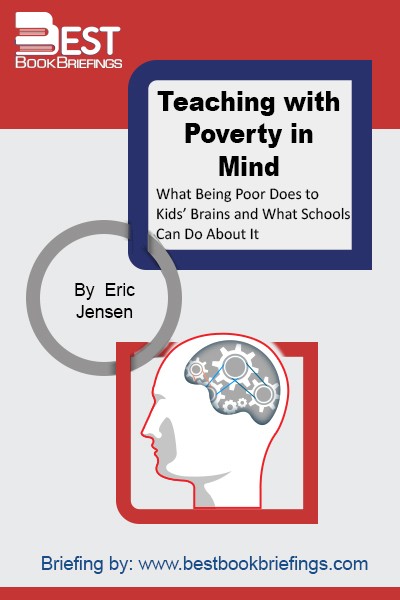
Poor children are exposed to adverse social and physical environments: lower-quality services, greater traffic volumes, higher crime rates, less playground safety, and no green spaces. They breathe contaminated air and drink impure water. Their households are more crowded, noisy, chaotic, unstable, and physically deteriorated. Their parents are uninterested in their activities, and
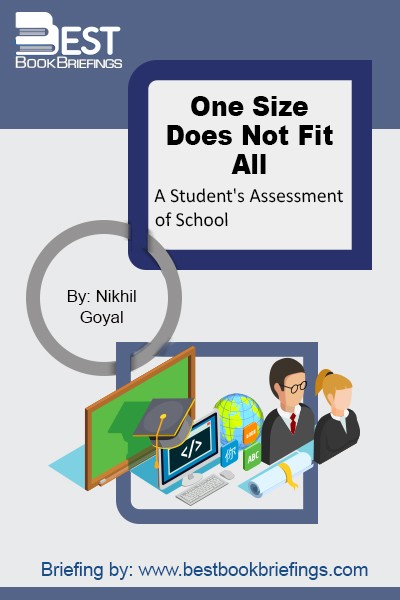
This book tackles the development of the education model and the reasons why students don't like schools. The education model is teacher-focused, one-size-fits-all, and the student is isolated in the learning process. Yet the students, who have grown up in an interactive digital world, learn differently. Schooled on Google and Wikipedia,
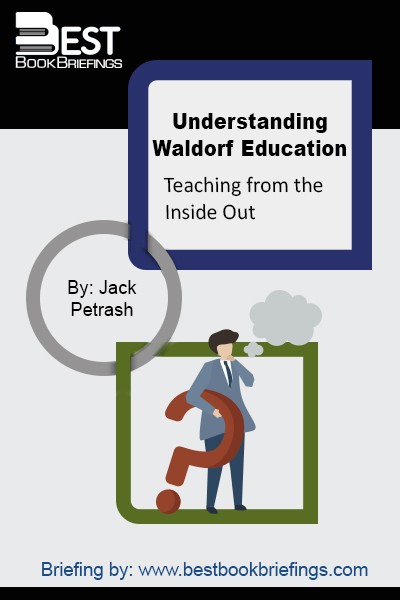
Waldorf education aims at enabling students as fully as possible to choose and to realize their individual path through life as adults, and stresses to teachers that the best way to provide meaningful support for the child is to fully comprehend the phases of child development and to bring “age-appropriate” content
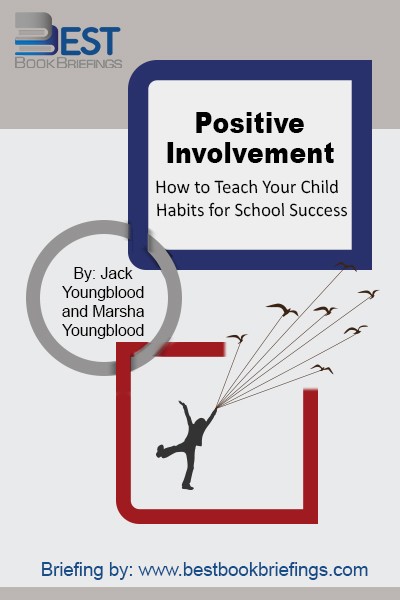
Positive Involvement is designed to convince parents that they need to be involved in their child's learning and it is written to show them how to be both positive and effective in that involvement. As one reviewer wrote, 'The basic premise of the book is that school success is based on
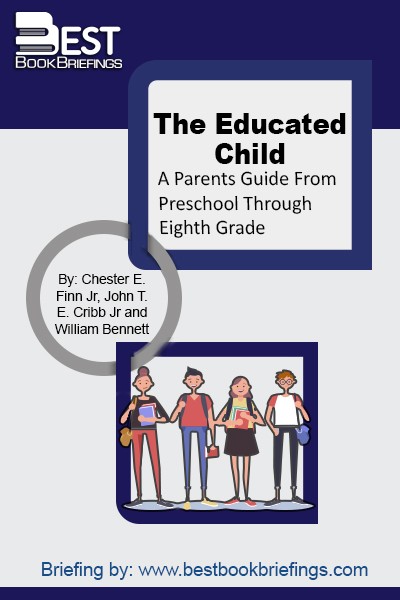
The purpose of this book is to help you secure a good education for your child from early childhood through the eighth grade. As far as learning goes, these years are the most important. They are the time when children acquire the bricks and mortar of a solid education – the
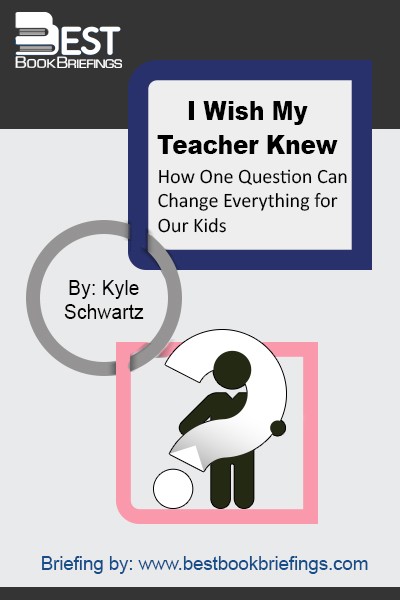
One day, third-grade teacher Kyle Schwartz asked her students to fill-in-the-blank in this sentence: “I wish my teacher knew _____.” The results astounded her. Some answers were humorous, others were heartbreaking-all were profoundly moving and enlightening. The results opened her eyes to the need for educators to understand the unique realities

